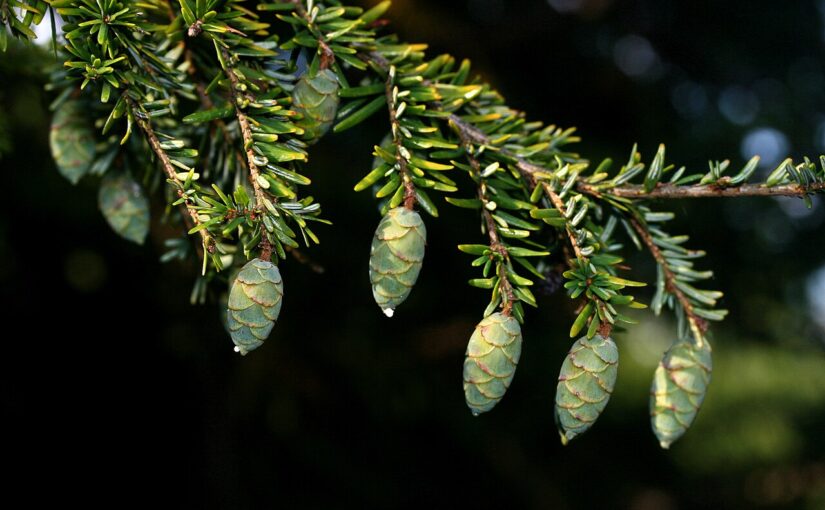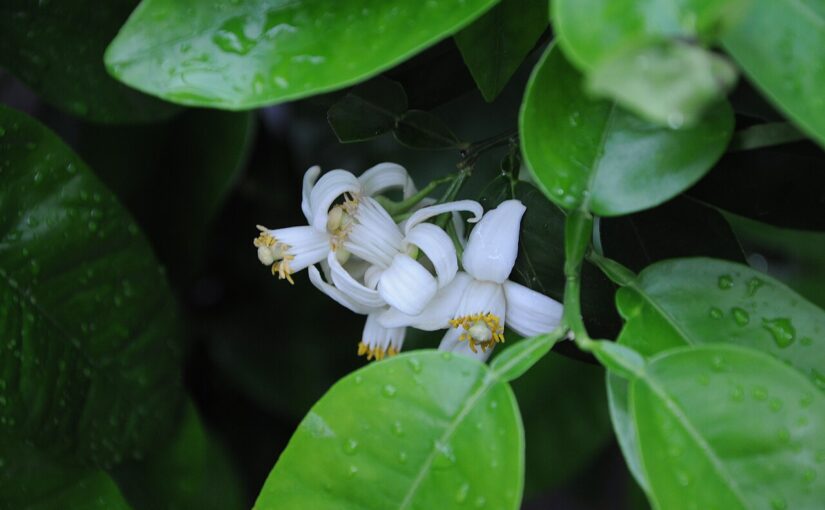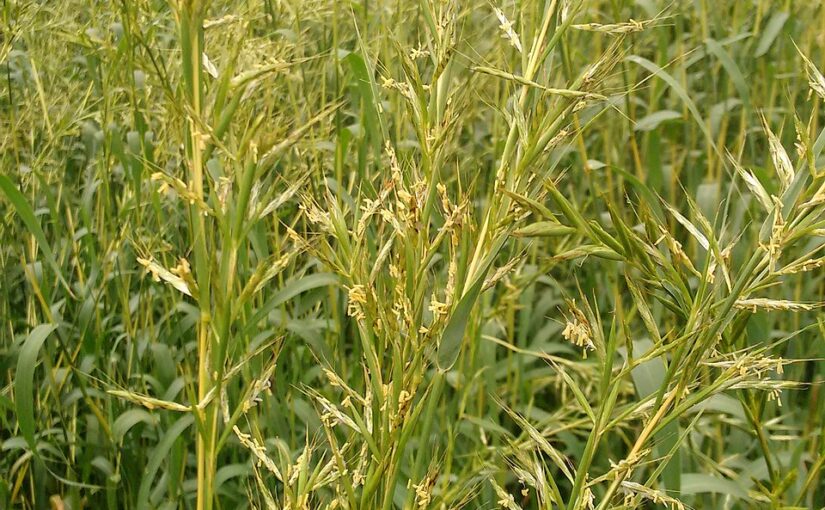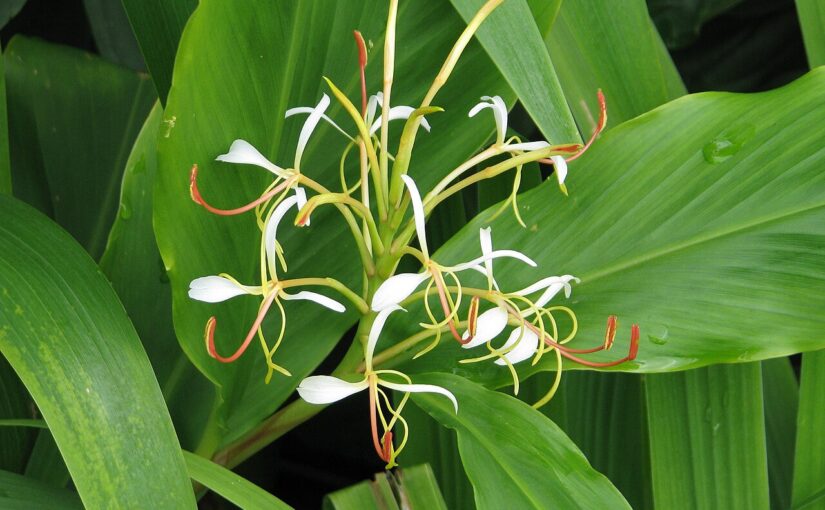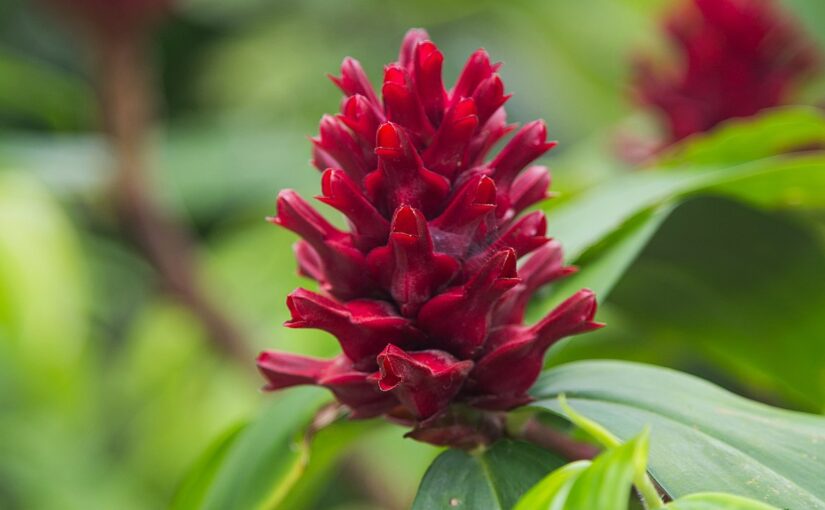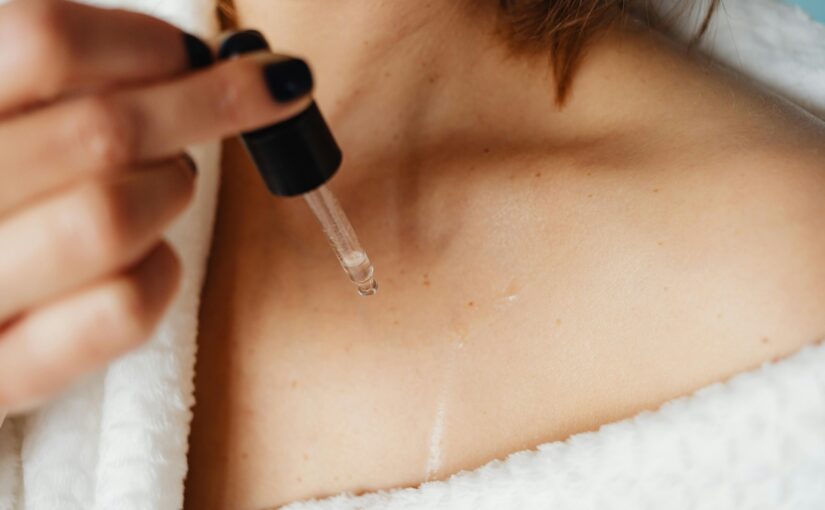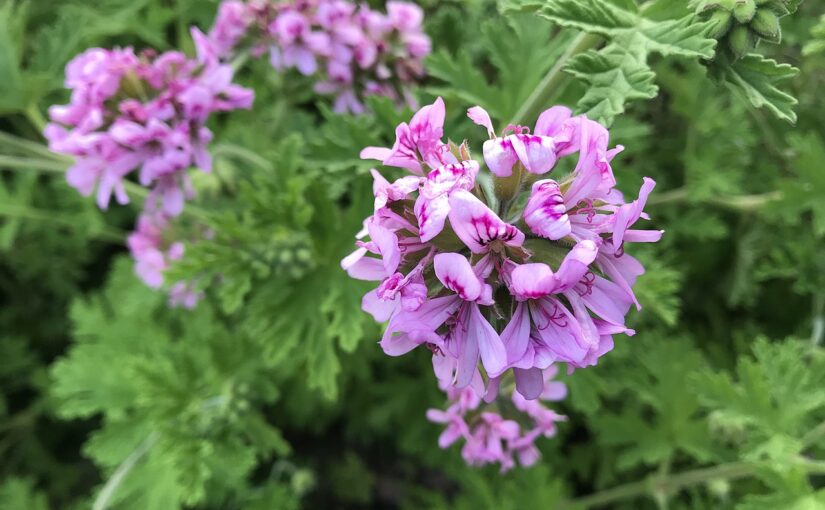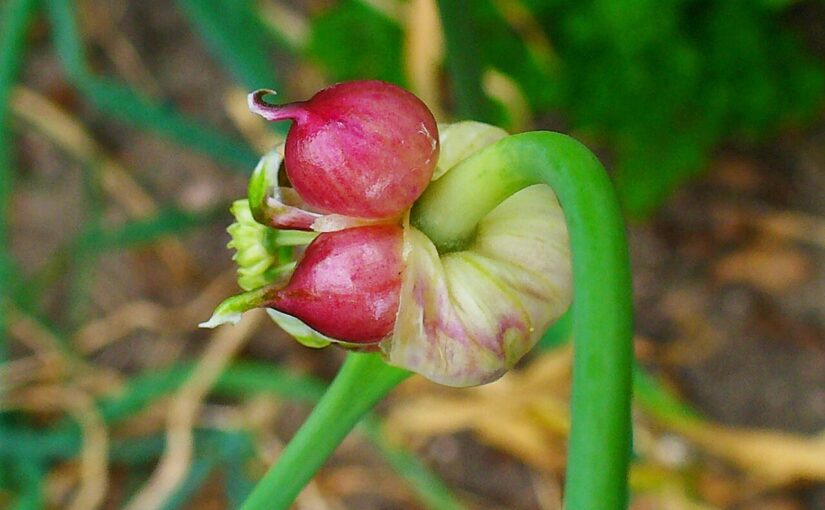Hemlock essential oil, sourced from the needles and twigs of Tsuga canadensis, offers a refreshing essence rooted in the cool forests of eastern North America. Native to Canada and the northeastern United States, this coniferous tree thrives in moist, shaded environments and can live up to eight hundred years, symbolizing enduring strength. The oil is steam-distilled, resulting in a pale yellow to clear liquid with a fresh, piney, and woodsy aroma that serves as a top-middle note in aromatherapy. Its composition includes bornyl acetate, alpha-pinene, camphene, beta-pinene, myrcene, and limonene, which contribute to its respiratory support and anti-inflammatory qualities.
Continue reading Hemlock Essential Oil: The Coniferous Breath of VitalityAuthor: admin
Helichrysum Essential Oil: The Golden Healer of Wounds
Helichrysum essential oil, often called immortelle or everlasting, comes from the Helichrysum italicum plant, a member of the Asteraceae family. Native to the sun-drenched regions of the eastern Mediterranean, including Crete and North Africa, as well as parts of Asia, this resilient herb has spread to cultivation in places like Italy, France, particularly Corsica, Slovenia, the former Yugoslavia, Spain, Madagascar, Australasia, South Africa, and the United States. The oil is steam-distilled from the fresh flowers and flowering tops, with major production in France and Slovenia yielding a pale yellow to red oily liquid or, in absolute form, a yellow to brown viscous substance.
Continue reading Helichrysum Essential Oil: The Golden Healer of WoundsGrapefruit Essential Oil: The Citrus Spark of Joy
Grapefruit essential oil emerges from the vibrant peels of Citrus x paradisi, a fruit belonging to the Rutaceae family. Native to Southeast Asia and the West Indies, this citrus hybrid was introduced to Jamaica in the seventeenth century through an accidental cross between a sweet orange and a pomelo. By 1750, it was documented in Barbados, earning acclaim as one of the Seven Wonders of the island for its bittersweet flavor. Today, grapefruit is cultivated in regions including the USA in Florida, California, Arizona, and Texas, as well as Brazil, Argentina, Israel, Mexico, Thailand, South Africa, Turkey, India, Sudan, and China. Major production of the essential oil occurs in the USA, Argentina, Brazil, and Israel, where it is cold-pressed or steam-distilled from fresh fruit peels. The resulting oil is a mobile liquid ranging from yellow to reddish or greenish hues, exuding a fresh, tangy, sweet, and citrusy aroma with subtle dry notes. Classified as a top note in perfumery, its scent profile is dominated by dextro-limonene at 85 to 96 percent, alongside beta-myrcene, alpha-pinene, sabinene, nootkatone, linalool, and trace amounts of bergapten.
Continue reading Grapefruit Essential Oil: The Citrus Spark of JoyGingergrass Essential Oil: The Vibrant Flow of Vitality
Gingergrass essential oil emerges from the lush tropical landscapes of India, where it has been cherished for generations as a symbol of energy and balance. Derived from Cymbopogon martinii var. sofia, a variety within the Poaceae family, this oil is steam-distilled from the aromatic leaves of the grass. Closely related to palmarosa, gingergrass shares a similar origin in subtropical regions, particularly India and Southeast Asia. The resulting oil is a pale yellow to amber liquid with a bright, herbal, and sensual aroma. It features warm, gingery, peppery, and spicy notes layered with pronounced lemony citrus hints, positioning it as a versatile middle note in aromatherapy blends. Key constituents like geraniol, limonene, geranyl acetate, myrcene, and linalool create a complex profile that drives its therapeutic potency.
Continue reading Gingergrass Essential Oil: The Vibrant Flow of VitalityGinger Lily Essential Oil: The Sensual Bloom of Well-Being
Ginger lily essential oil, also known as kapur kachari, originates from the aromatic flowers and rhizomes of Hedychium spicatum. Belonging to the Zingiberaceae family, this plant is native to the lush slopes of India and southern Asia, thriving especially in the Himalayan foothills. The oil is steam-distilled from the flowers, mainly produced in India, where the dried rhizomes have also found traditional use in incense and perfumed tobacco blends. The resulting oil ranges in color from light brown to deep amber and exudes an exotic, floral fragrance that is both sweet and minty, grounded by warm, sensual undertones. Ginger lily’s aroma is classified as a middle-to-base note, lending both depth and brightness to aromatherapy and perfumery blends. Its distinctive enjoyment is due to a rich concentration of ketones, monoterpenols, and oxides, with linalool, cineole, and terpinen-4-ol standing out as key constituents.
Continue reading Ginger Lily Essential Oil: The Sensual Bloom of Well-BeingGinger Essential Oil: The Spicy Oil of Empowerment
“E’s all ’ot and an’ ginger when alive An’ ’e’s generally shammin’ when ’e’s dead.”—RUDYARD KIPLING
Ginger essential oil is derived from Zingiber officinale, a robust member of the Zingiberaceae family. Native to southeastern Asia, ginger has been cultivated throughout India, China, West Africa, the Caribbean, and tropical regions around the globe. India stands as the leading producer today. The essential oil is extracted by steam-distilling unpeeled, dried, and ground rhizomes from plants about ten months old. Production centers can be found in Britain, the Netherlands, China, India, Indonesia, Java, Madagascar, and the West Indies. The oil itself ranges in hue from pale yellow to light orange or even greenish, with a characteristic warm, spicy aroma featuring woody, citrusy, and balsamic-floral notes. Ginger essential oil gains its potency from major constituents such as alpha-zingiberene, beta-sesquiphellandrene, camphene, beta-bisabolene, geranial, limonene, and 1,8-cineole.
Continue reading Ginger Essential Oil: The Spicy Oil of EmpowermentEmbracing Timeless Beauty: Olive Oil in Anti-Aging Routines
In the sun-drenched groves of the Mediterranean, olive oil has long been more than a kitchen staple. For centuries, ancient civilizations revered it as a elixir of youth, weaving it into rituals that celebrated longevity and radiant skin. Cleopatra bathed in it, and Greek philosophers praised its restorative powers. Today, as we seek natural skincare solutions amid the hustle of modern life, olive oil anti-aging practices offer a gentle return to these roots. This golden liquid, pressed from olives under the watchful eye of tradition, holds secrets to nourishing both body and spirit. Drawing from Mediterranean beauty secrets, this article explores how to incorporate olive oil into your routine for timeless vitality.
Continue reading Embracing Timeless Beauty: Olive Oil in Anti-Aging RoutinesGeranium Essential Oil: The Floral Embrace of Love and Trust
Few botanicals possess the enduring charm and therapeutic versatility of geranium essential oil. Extracted from the velvety leaves and flexible stalks of Pelargonium graveolens and P. x asperum, this remarkable oil has woven itself into gardens, healing practices, and perfumery traditions on nearly every continent. Native to the wilds of South Africa yet cultivated today from Egypt to China and Madagascar to Central America, geranium fills the air with a sweet, roselike and gently minty fragrance layered with green and lemony nuances.
Continue reading Geranium Essential Oil: The Floral Embrace of Love and TrustGarlic Essential Oil: The Pungent Protector
Garlic, bearing the botanical name Allium sativum, has journeyed through history as both sacred and medicinal. Native to Central Asia and flourishing in wild corners of Spain, Sicily, Egypt, and Algeria, garlic is now a global crop, with major production hubs in Europe and America. The essential oil, a yellow to orange liquid of exceptional potency, is steam-distilled from garlic bulbs. Its aroma is unmistakable: intensely pungent, deeply sulfurous, and sharply reminiscent of fresh garlic. The scent often lingers, outlasting and overpowering many other aromas.
Continue reading Garlic Essential Oil: The Pungent ProtectorBreathwork Routines with Aromatherapy: Relaxation, Focus, and Energy Protocols
In today’s fast-paced world, finding moments of true calm or clarity can feel like a luxury. Imagine combining the simple power of your breath with the soothing scents of essential oils. This is the essence of breathwork routines paired with aromatherapy. Breathwork involves intentional breathing patterns to regulate your mind and body, while aromatherapy uses plant-derived essential oils to enhance emotional and physical well-being. Together, they create a synergistic practice that amplifies benefits like deep relaxation, sharpened focus, and a surge of energy.
Continue reading Breathwork Routines with Aromatherapy: Relaxation, Focus, and Energy Protocols